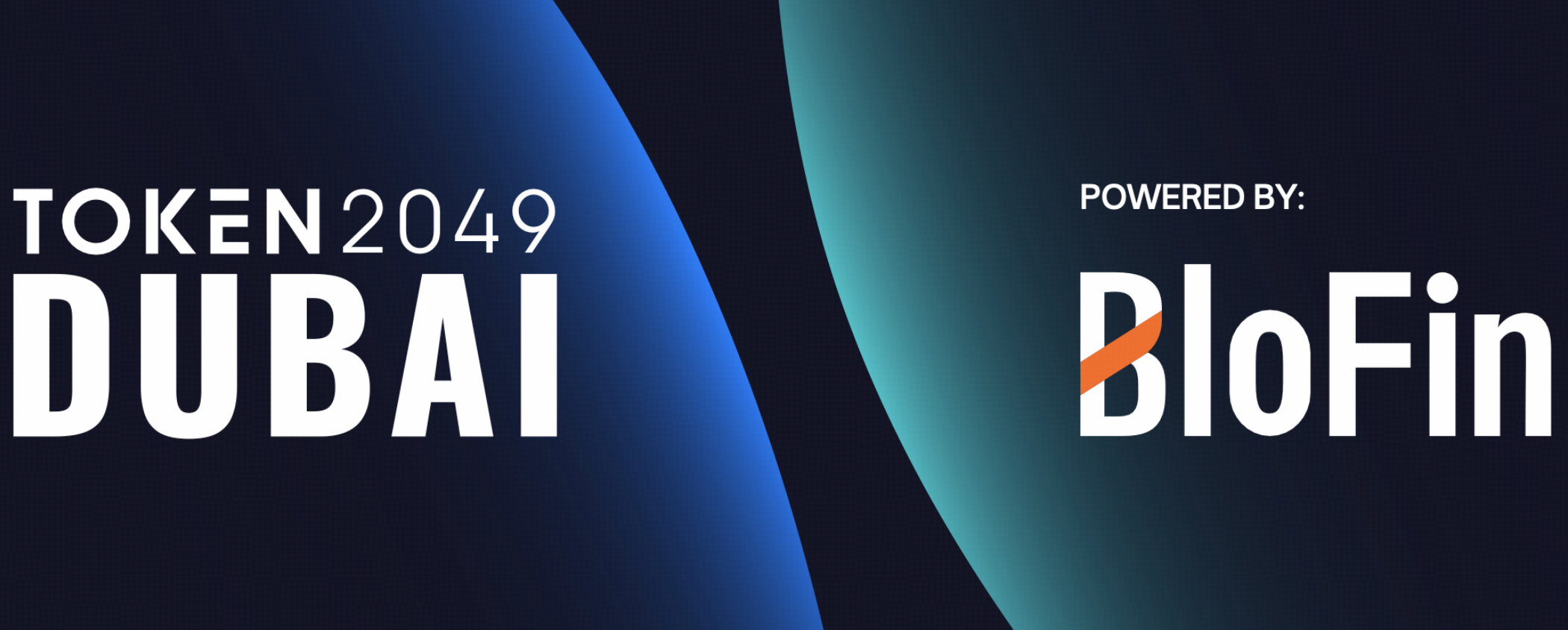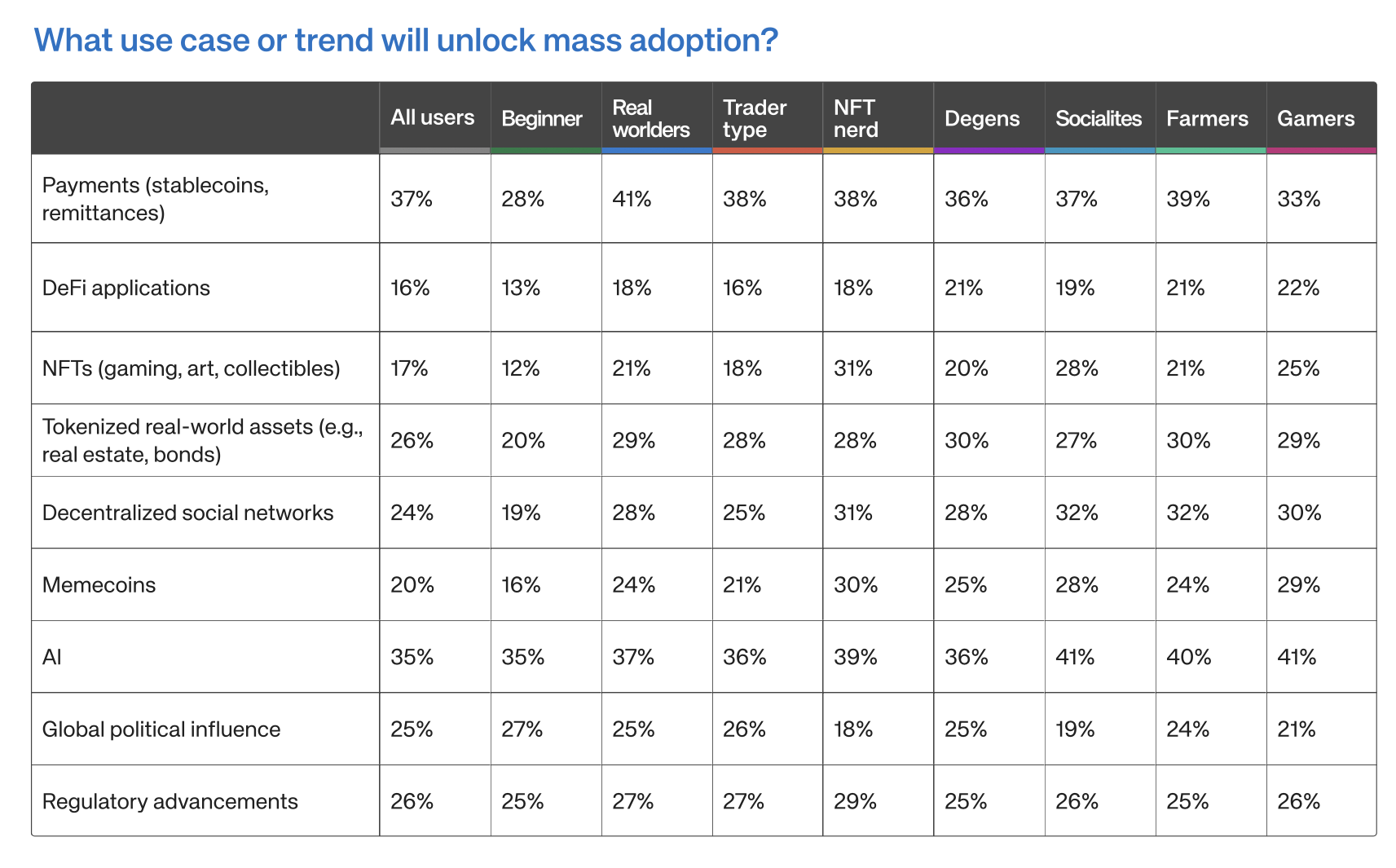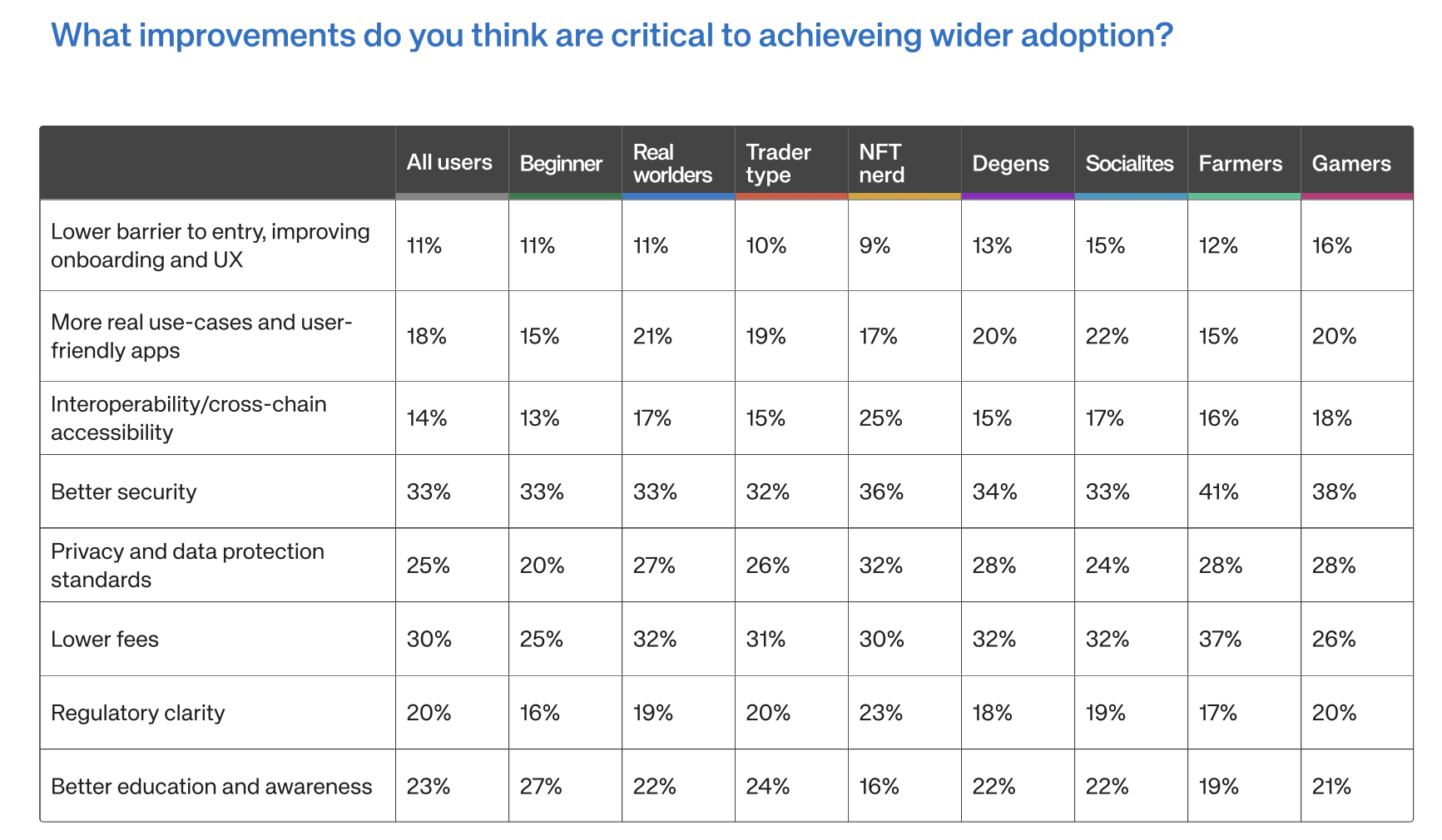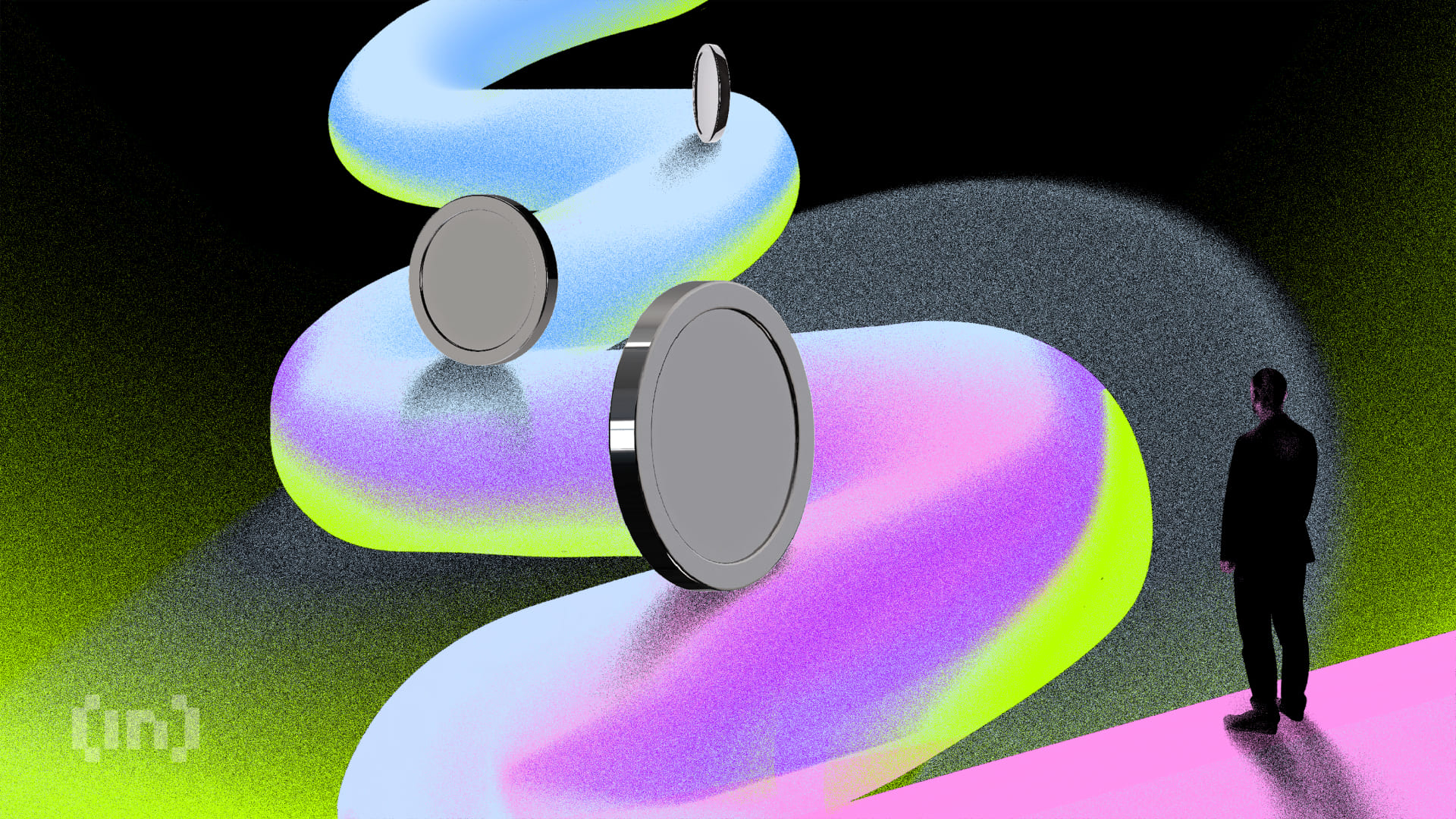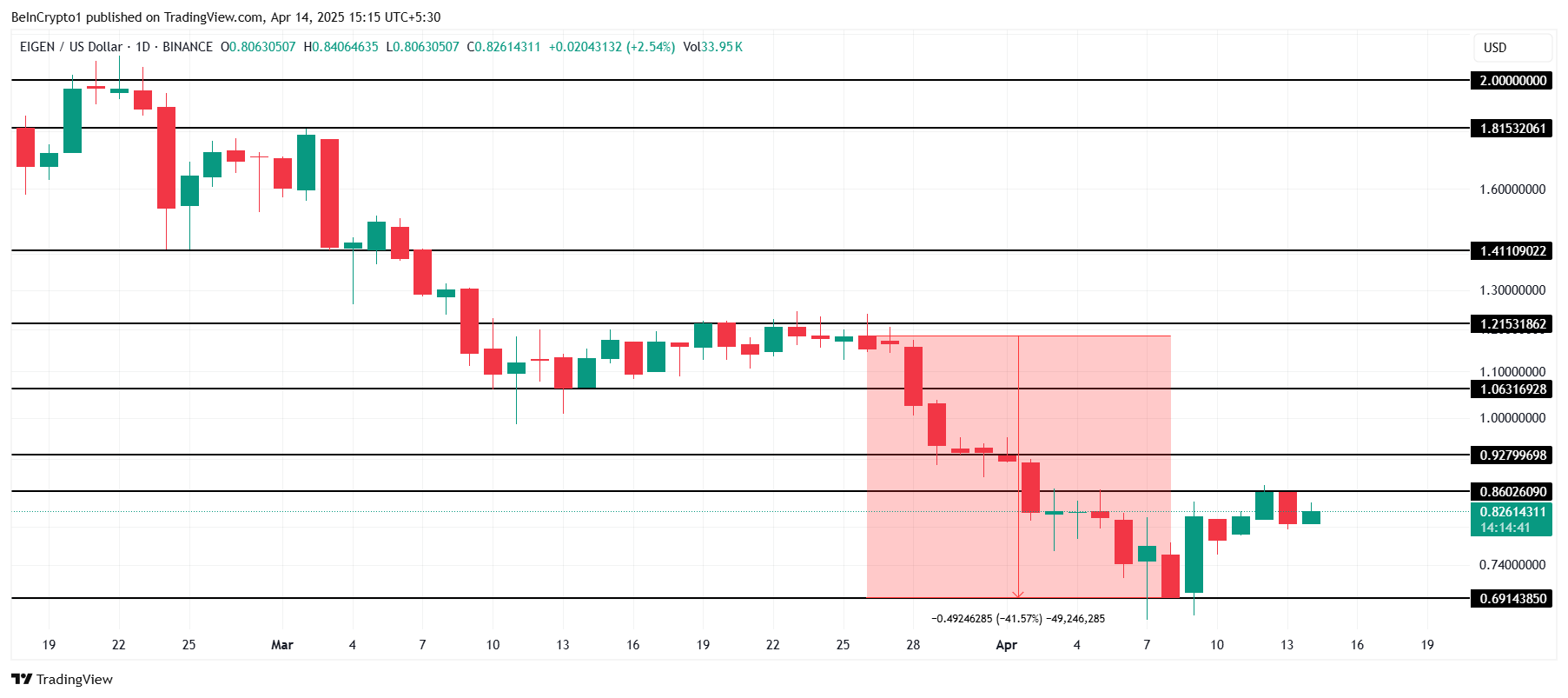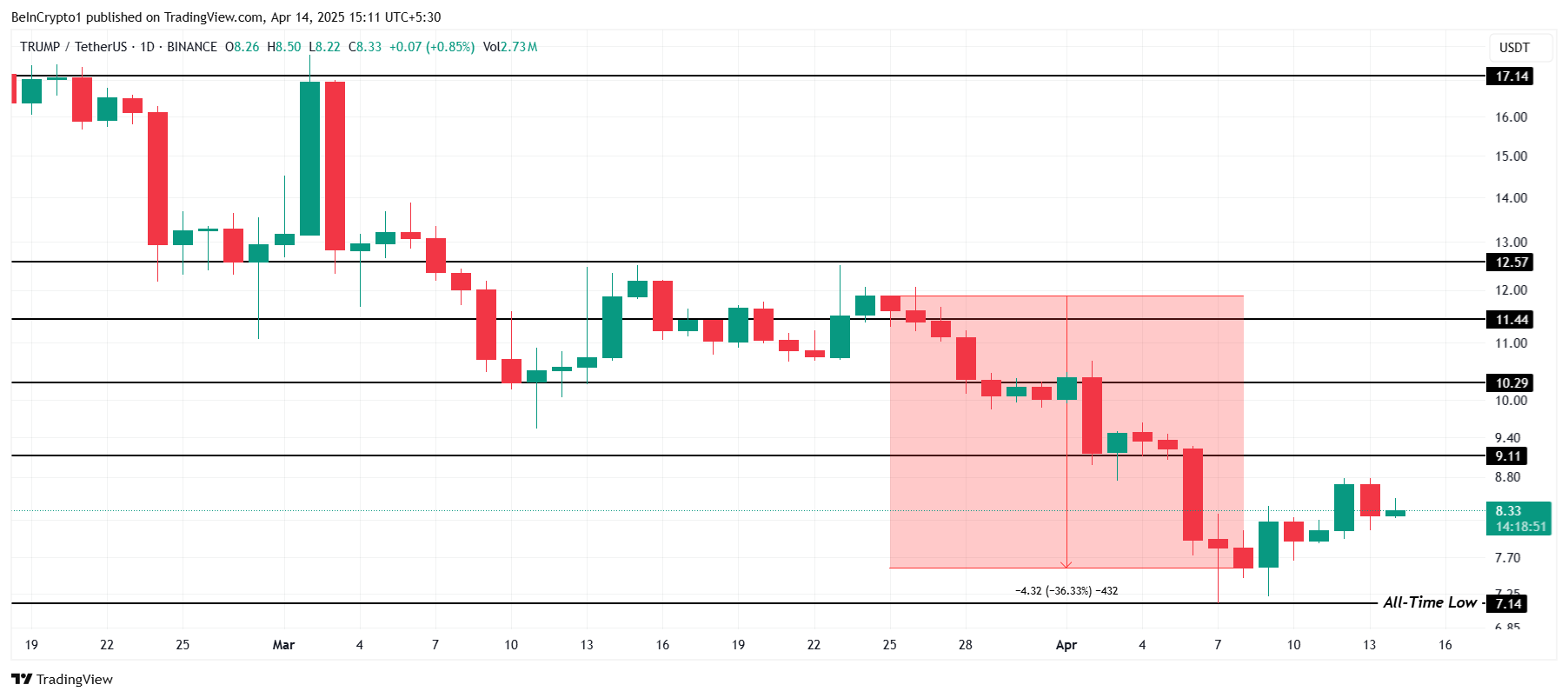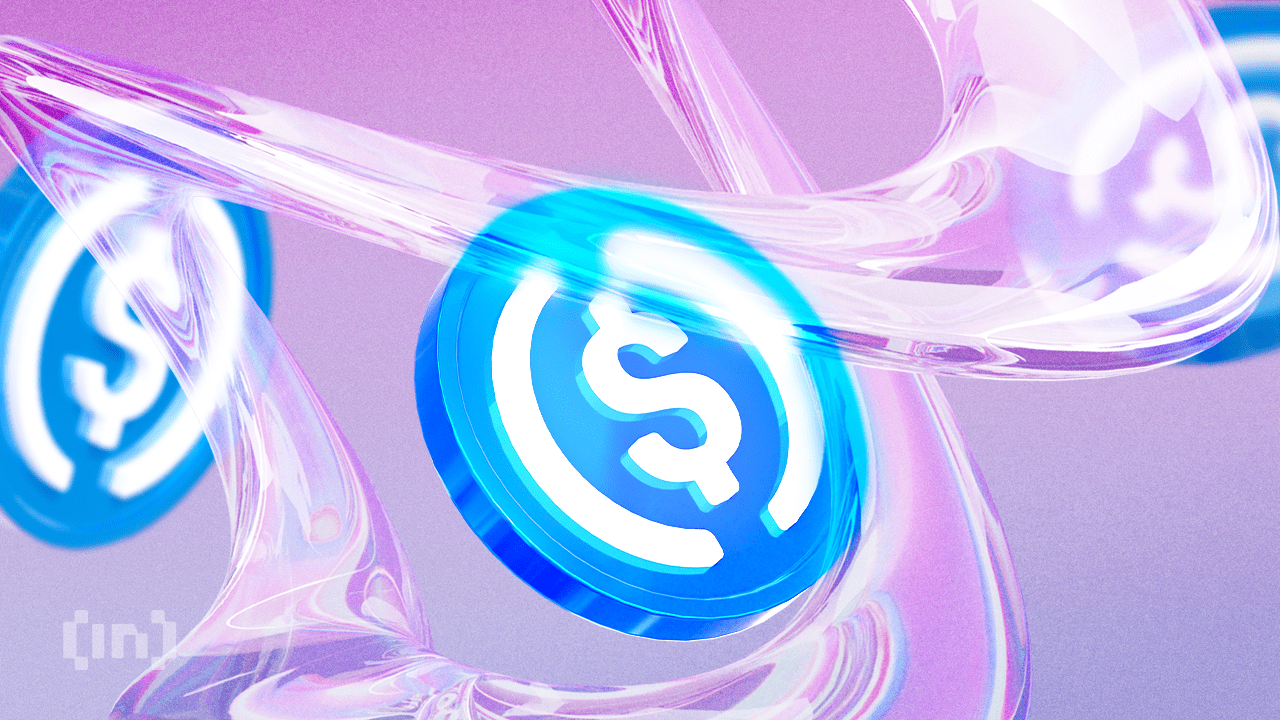BloFin, the leading futures trading exchange, made a bold statement as the Title Sponsor at TOKEN2049 Dubai 2025, marking its third consecutive year of sponsorship.
At this year’s TOKEN2049, BloFin joins top exchanges including OKX, Binance, and KuCoin as a Title Sponsor, marking another milestone in its global expansion and industry recognition. From a Platinum Sponsor last year to a Title Sponsor this year, BloFin’s elevation in status reflects the brand’s growing ambition and commitment to the cryptocurrency industry. The company has also made significant strides in its offerings, showcasing multiple brand advancements, including launching sub-accounts, achieving ISO 27001 certification, and becoming the fourth exchange in the industry to complete the Unified Trading Account feature.
BloFin’s presence was prominent throughout the venue, from the entrance and exclusive registration counter to the welcome bags and key areas across the event space. The team engaged with industry leaders, partners, traders, and KOLs, fostering insightful conversations and building meaningful relationships to drive future crypto growth.
Finny Takes the Spotlight: BloFin’s Mascot Shines as the Star of TOKEN2049
A standout moment at TOKEN2049 was the official debut of Finny, BloFin’s newly unveiled mascot. Designed as a meme-worthy space whale, Finny quickly became a crowd favorite and a visual symbol of BloFin’s unique brand identity. Finny symbolized BloFin’s commitment to protecting whales and embodied the brand’s aspirations to the moon. With its captivating design, Finny became the event’s most talked-about character, further solidifying BloFin’s connection with the crypto community.
The First-ever Whale’s Rave: Arcadia Side Event of TOKEN2049 Concludes Successfully, Marking the Beginning of Exciting Collaborations with Luke Belmar
The Whale’s Rave: Arcadia event, presented by BloFin, quickly became the most talked-about side event of TOKEN2049 Dubai 2025, drawing nearly 1,000 attendees worldwide. This year also marked a historic collaboration between BloFin and renowned crypto investor Luke Belmar, taking the event to its peak and pushing its excitement to new heights.
Whale’s Rave: Arcadia was this exclusive event’s first edition, leaving an indelible mark on every attendee. The event redefined what crypto industry gatherings could look like, featuring premium whale-tier merchandise, an exclusive Whale’s Club-only gift, and the debut of BloFin’s beloved mascot Finny. BloFin also showcased a series of brand-defining performances, further solidifying the brand’s position as an innovator within the space.
In line with its continued growth, BloFin unveiled its all-new 2025 merchandise collection, designed exclusively for the crypto elite. The collection features eight unique items, including the coveted BloFin Top Whales Necklace and Ring Bundle, Whale’s Trading Journal, Gym Bag, Finny T-shirts, and exclusive Whale Club-only merchandise for VIP traders.
“We are incredibly excited about the success of the first-ever Whale’s Rave,” said Matt, CEO of BloFin. “It was an unforgettable moment to celebrate with our global community and partners. We were also pleased to share major product updates, including our Unified Trading Account, Sub-Account features, and the upcoming BloFin Card. We look forward to seeing everyone again in Singapore.” “It was the most fun and craziest party of the week!” as described by BeInCrypto and CoinTelegraph.
As the flames of the event burned bright, BloFin remains focused on its mission to create unforgettable experiences for its community and build a future where Whales Are Made.
With sights set on TOKEN2049 Singapore, BloFin is preparing to elevate its presence further, headlined by a large-scale, thousand-person celebration and deeper engagement with industry leaders. As BloFin expands its global reach and solidifies its role at the forefront of digital finance, the world can anticipate the next bold chapter from the brand that continues to prove: this is where whales are made.
Follow BloFin X|Instagram|YouTube|Telegram
About BloFin
BloFin is a top-tier cryptocurrency exchange that specializes in futures trading. The platform offers 480+ USDT-M perpetual pairs, spot trading, copy trading, API access, unified account management, and advanced sub-account solutions. Committed to security and compliance, BloFin integrates Fireblocks and Chainalysis to ensure robust asset protection. By partnering with top affiliates, BloFin delivers scalable trading solutions, efficient fund management, and enhanced flexibility for professional traders. As the constant sponsor of TOKEN2049, BloFin continues to expand its global presence, reinforcing its position as the place “WHERE WHALES ARE MADE.” For more information, visit BloFin’s official website.
The post BloFin Makes a Grand Statement as Title Sponsor at TOKEN2049 appeared first on BeInCrypto.

